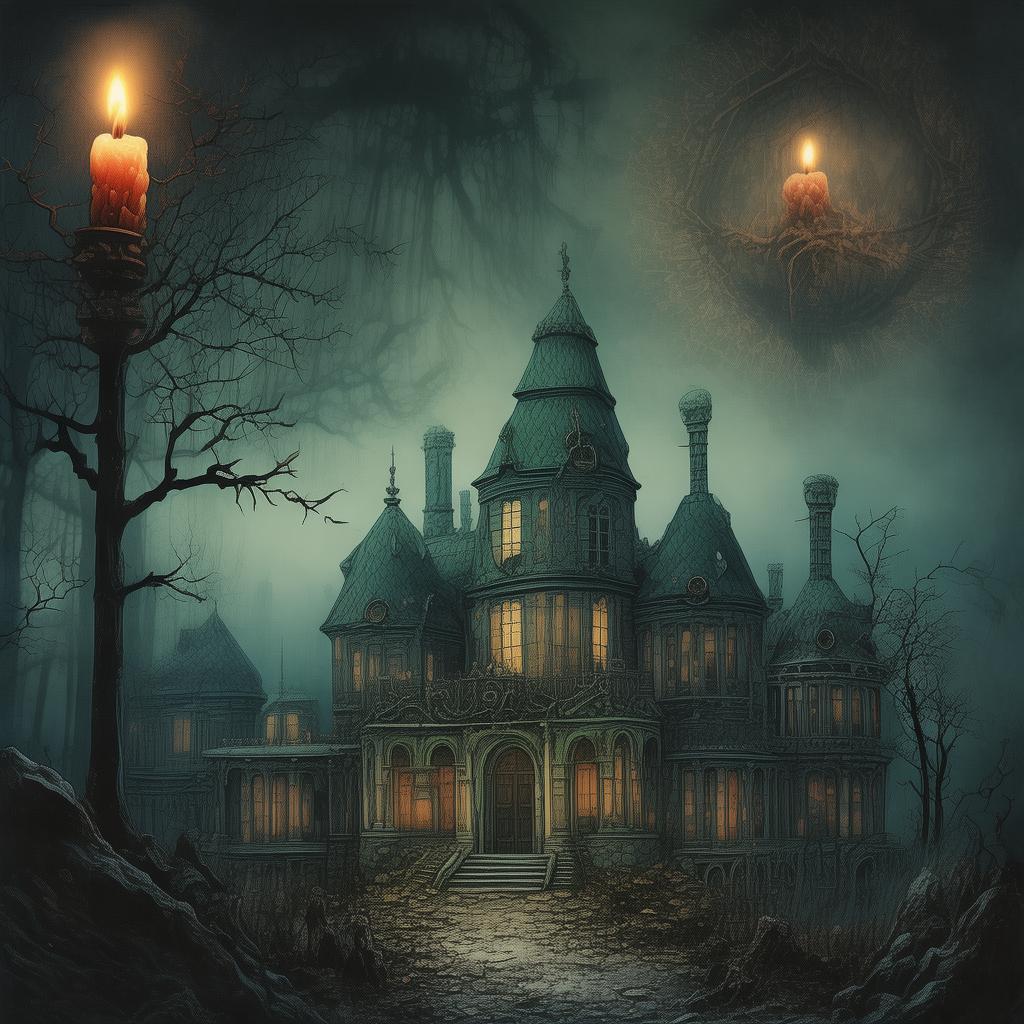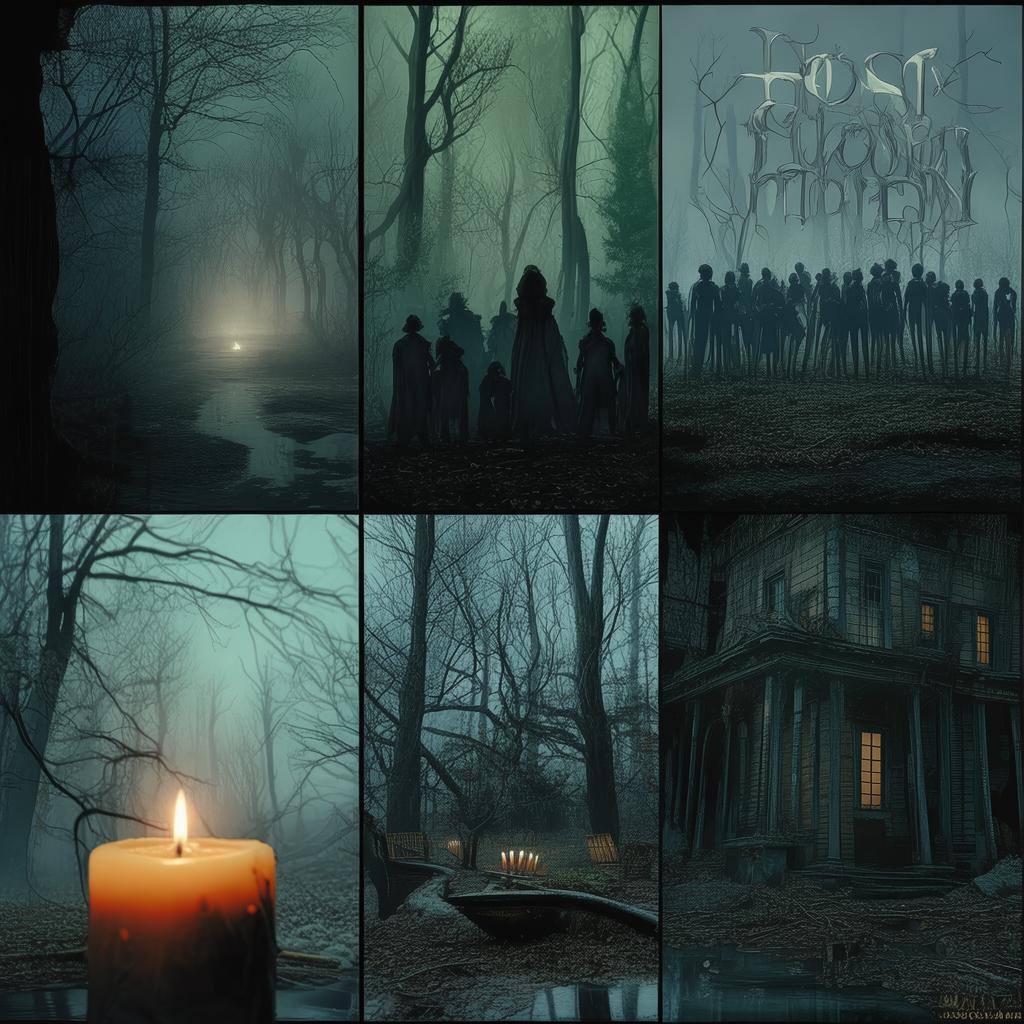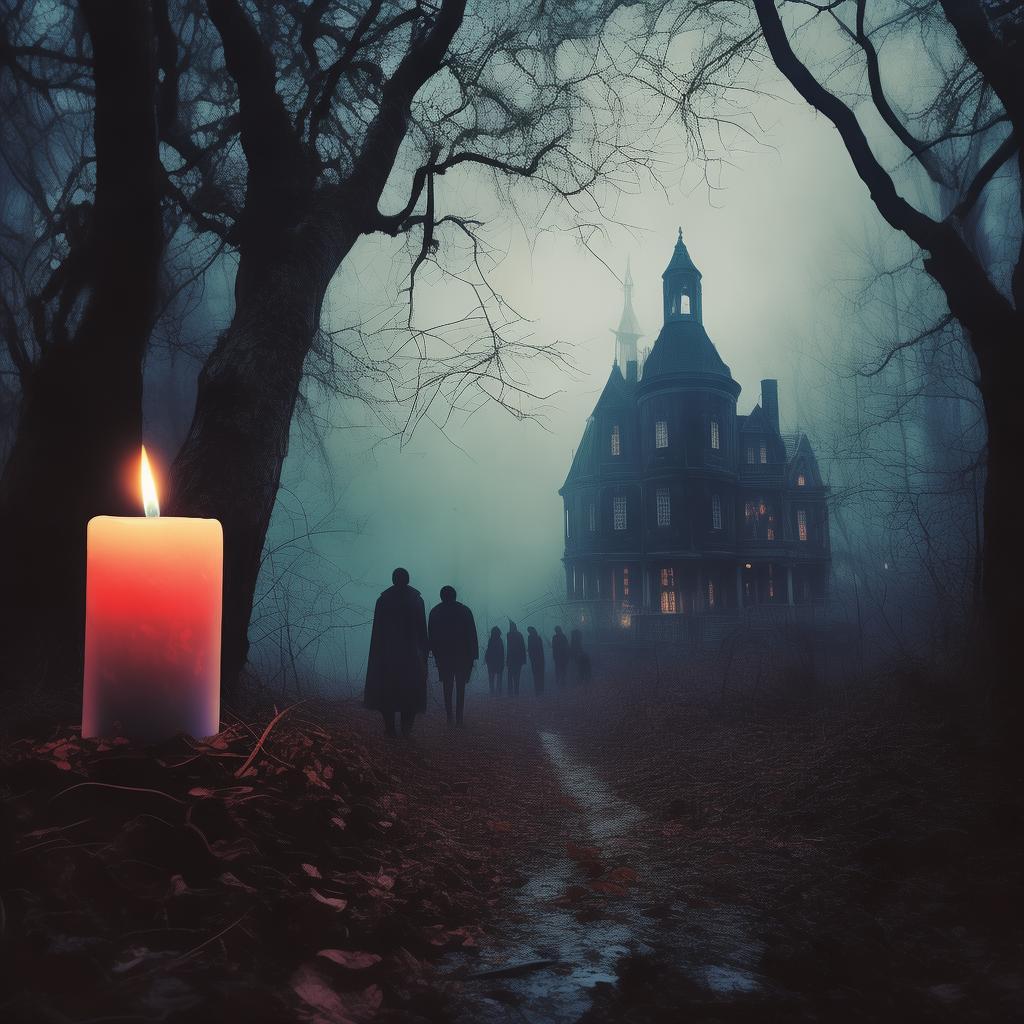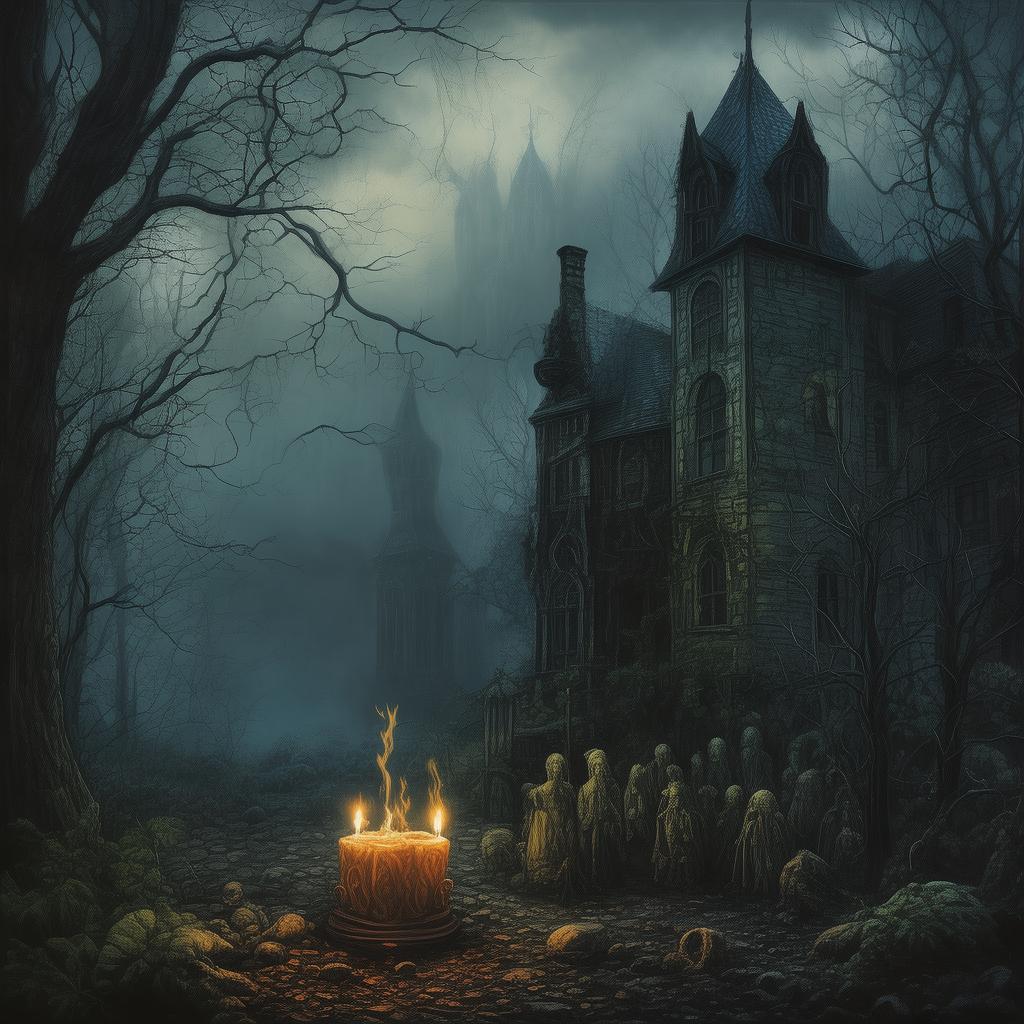The Haunting Symphony: A Lyrical Resurgence
In the heart of a quaint English village, nestled within the walls of a once-grand estate, there stood an old piano, its keys worn from countless fingers. It was a relic from the era of silent films and the Roaring Twenties, a time when music and love danced in the air, and secrets were as thick as the ivy that clung to the estate's walls. The piano was known only to the elderly villagers as "The Haunting Symphony," a title whispered with a mix of fear and respect.
Eliza had always been drawn to the piano, its grandiose silhouette casting long shadows in the dim light of the conservatory. Her grandmother, a woman of many stories and fewer words, had often spoken of the piano, her voice tinged with a reverence that suggested it held more than mere music. "The notes that play are the echoes of lives lived, Eliza," she would say, her eyes twinkling with secrets that time had not yet claimed.
One evening, as the village was enveloped in a thick fog, Eliza found herself alone in the conservatory. She approached the piano, her fingers trembling with anticipation. She ran her hand over the keys, feeling the coldness seep into her skin. As her fingers pressed down upon the keys, a haunting melody emerged, weaving through the air like a ghostly siren call.

The melody was unlike any she had ever heard, filled with sorrow and longing. It seemed to resonate with her very soul, as if it were a part of her forgotten past. Intrigued and a little scared, Eliza pressed a few more keys, and the music grew louder, more insistent.
Determined to uncover the source of the melody, Eliza began to search the estate, combing through dusty archives and questioning the elderly staff. She discovered that the melody had been composed by a woman named Clara, a pianist of great repute, who had once lived in the estate. Clara had been known for her ability to channel the emotions of the music into her performances, a gift that had earned her both admiration and notoriety.
But Clara had disappeared one fateful night, leaving behind no trace. Her piano, now a mere relic, had been locked away in the conservatory, forgotten by time. Eliza realized that the melody was a call from the past, a ghostly invocation from a woman whose story had been shrouded in mystery.
Eliza's journey took her to the depths of Clara's life, uncovering secrets that had been buried for decades. She learned of Clara's love affair with a man named Thomas, the heir to the estate, a love that was forbidden and doomed from the start. As the story unfolded, it became clear that Clara's haunting melody was not just a musical composition; it was her final plea for understanding, a lament for a love that could never be.
As Eliza delved deeper, she discovered that Thomas had been a cruel and jealous man, determined to keep Clara to himself. One fateful night, a heated argument escalated into tragedy, and Thomas was found dead in the conservatory, the piano the scene of his demise. Clara, driven to madness by guilt and love, disappeared into the night, never to be seen again.
The estate had been sold, and the piano had remained silent, a testament to the tragedy that had unfolded within its walls. Eliza's discovery of the melody was a turning point, a bridge between the past and the present. It was as if Clara had chosen Eliza to hear her story, to understand her pain, and to pass on her message.
As Eliza played the haunting melody once more, the air around her seemed to change. The conservatory, once cold and foreboding, was filled with a warmth that had been missing for decades. The piano seemed to resonate with the emotions of the past, and Eliza felt a connection to Clara like never before.
In the end, Eliza realized that the melody was not just a ghostly invocation; it was a call to emotional resilience. Clara's story, filled with love, loss, and tragedy, had come full circle. Eliza had become the voice that Clara had longed for, the listener who would understand the depth of her pain and the strength of her love.
Eliza played the melody one last time, the notes filling the conservatory with a sense of peace and closure. As she finished, the room seemed to sigh, and the haunting melody faded into the night. The piano, now silent, had served its purpose, and Eliza felt a profound sense of relief.
She left the conservatory, the melody still echoing in her mind, and walked through the foggy night, a little lighter and a little wiser. The haunting melody had not only uncovered the secrets of her family's past but had also brought Eliza closer to understanding her own emotions and the resilience that lay within her heart.
And so, the piano in the conservatory, once known as "The Haunting Symphony," became a symbol of emotional resilience, a reminder that love, loss, and tragedy could all be transformed into a beautiful melody that resonates through the ages.
✨ Original Statement ✨
All articles published on this website (including but not limited to text, images, videos, and other content) are original or authorized for reposting and are protected by relevant laws. Without the explicit written permission of this website, no individual or organization may copy, modify, repost, or use the content for commercial purposes.
If you need to quote or cooperate, please contact this site for authorization. We reserve the right to pursue legal responsibility for any unauthorized use.
Hereby declared.









